Argentina / República Argentina – Let’s explore here
What’s it like in Argentina?
Argentina is the eighth largest country in the world and has a population of around 47 million people (2024), about one in three of whom live in the metropolitan area of the capital, Buenos Aires.
Argentina is one of the most biodiverse countries in the world hosting one of earth’s greatest ecosystem varieties: 15 continental zones, two marine zones, and the Antarctic region are all represented. In the north, it’s almost tropical, whereas in Patagonia, from the centre to the south, it’s mostly arid, cold and windy. At the southern tip, in Tierra del Fuego, it’s subpolar. The Andes mountains to the west are high and cold, being dry in the north and snowy in the south.
The highest point in the country is Aconcagua, 22,831 ft (6,959 m) above sea level, and the lowest point is Laguna del Carbón in the San Julián Great Depression, at −344 ft (−105 m) below sea level. These are also the highest and lowest points in both the southern and western Hemispheres.
The coastline of Argentina is over 3,000 miles (4,828 km) long, and it shares its borders with Bolivia, Brazil, Chile, Paraguay and Uruguay. Also, the largest set of waterfalls in the world is on the border of Brazil and Argentina, the Iguazu Falls.
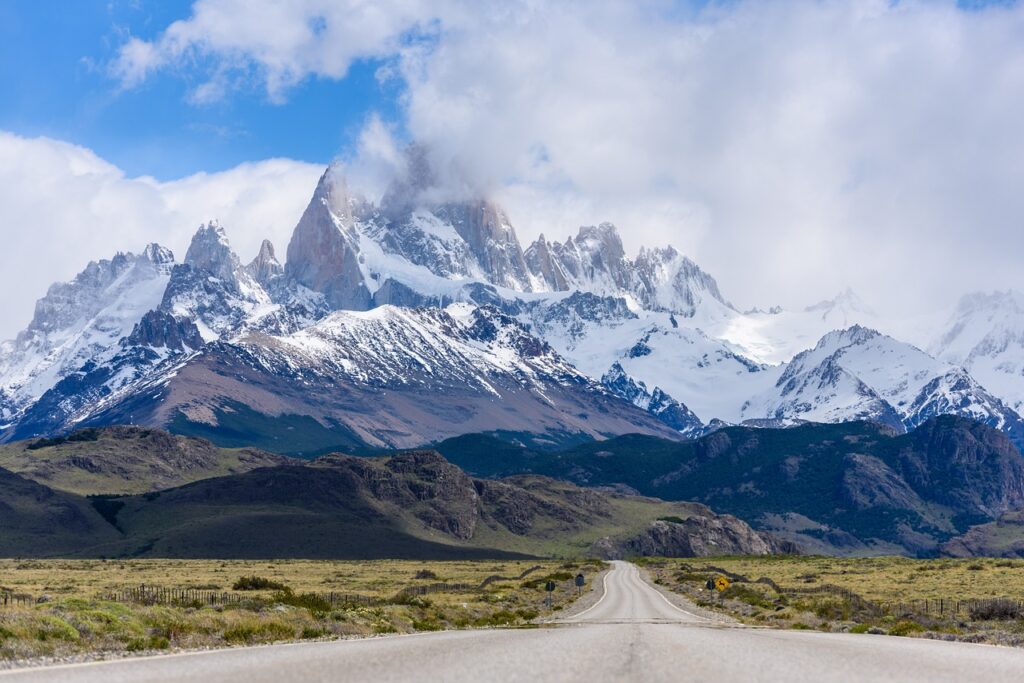
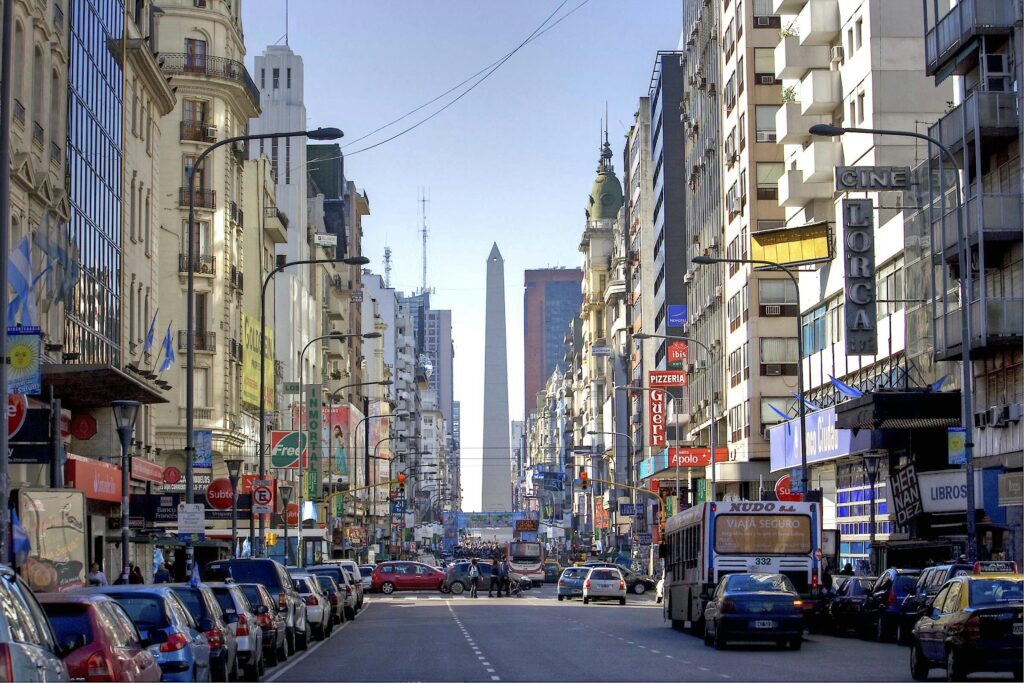
A bit about the history of Argentina
Spanish colonisation
Argentina’s history is shaped by Indigenous cultures, Spanish colonisation, and struggles for independence, followed by periods of political instability and economic transformation. Before Spanish arrival in the 16th century, Argentina was inhabited by various Indigenous groups, such as the Guaraní, Mapuche, and Diaguita, each with distinct cultures and societies. Spanish explorers, led by Sebastián Cabot, arrived in the region in the early 1500s, establishing settlements and claiming the area as part of the Viceroyalty of Peru, and later the Viceroyalty of the Río de la Plata.
Struggle for independence
In the early 19th century, inspired by global independence movements, Argentina began its struggle for independence from Spain. The Argentine War of Independence (1810–1818) was marked by figures such as José de San Martín, who led the fight against Spanish forces. Argentina declared its independence on July 9, 1816, with the signing of the Declaration of Independence in Tucumán, though Spain did not fully relinquish control until 1824.
Civil war
After independence, Argentina faced internal conflicts over political and economic direction, particularly between centralists who wanted a strong central government and federalists advocating for provincial autonomy. This division led to a series of civil wars throughout the 19th century. The country eventually unified under a federal system in 1862 with the adoption of the Argentine Constitution.
The road to prosperity
The late 19th and early 20th centuries saw Argentina experience rapid economic growth, fueled by agricultural exports, particularly beef and grain. The country became one of the world’s wealthiest nations during this period, attracting significant European immigration.
Military coups
The 20th century was marked by political instability, including a series of military coups, economic crises, and periods of authoritarian rule. Notably, the “Dirty War” (1976–1983) was a brutal period of military dictatorship during which thousands of people were disappeared for suspected opposition to the regime. Argentina returned to democracy in 1983, with Raúl Alfonsín becoming the first democratically elected president after the dictatorship.
Collapse and recovery
In the late 20th and early 21st centuries, Argentina faced severe economic crises, including a major financial collapse in 2001-2002, which led to widespread poverty and social unrest. However, the country experienced economic recovery in the following years, driven by agricultural exports and favourable international conditions. Today, Argentina is a democratic republic, known for its rich cultural contributions, such as tango music and dance, as well as its football legacy. While the country continues to face economic challenges, it remains an influential player in Latin American politics and culture.
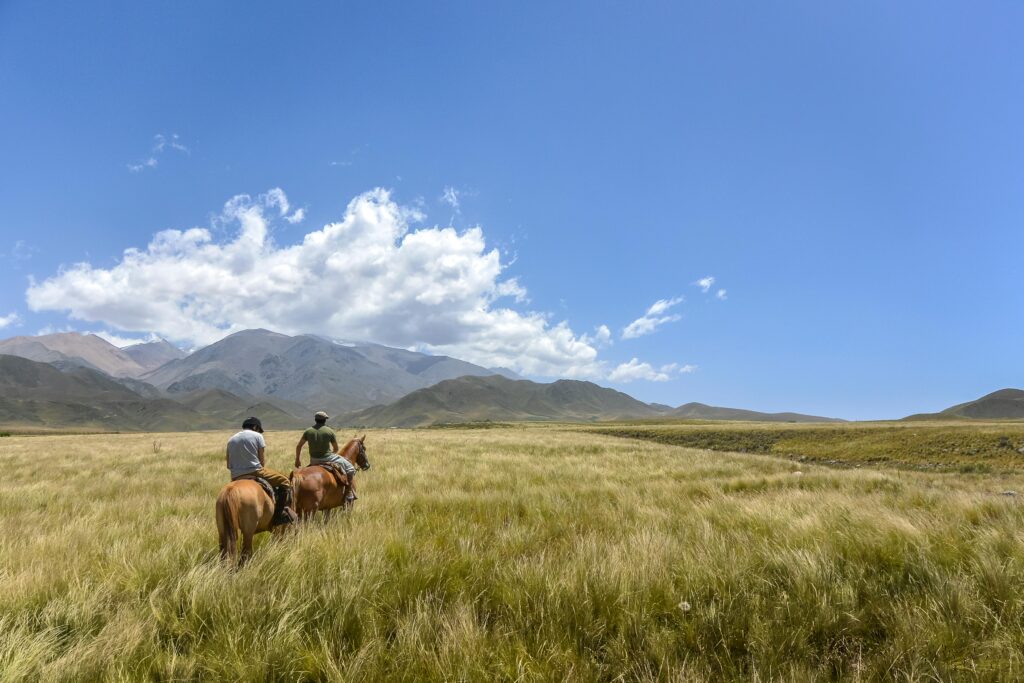
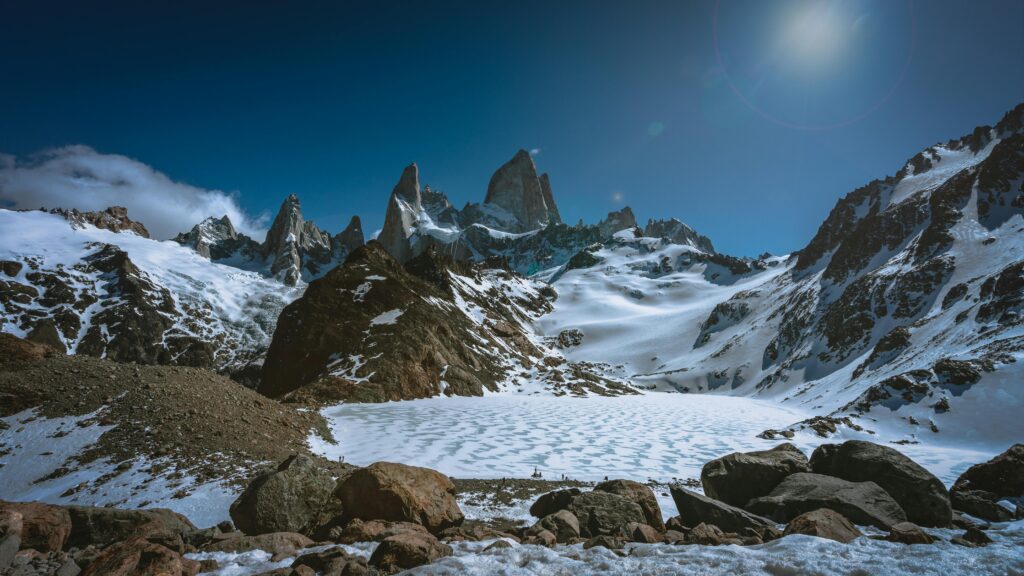
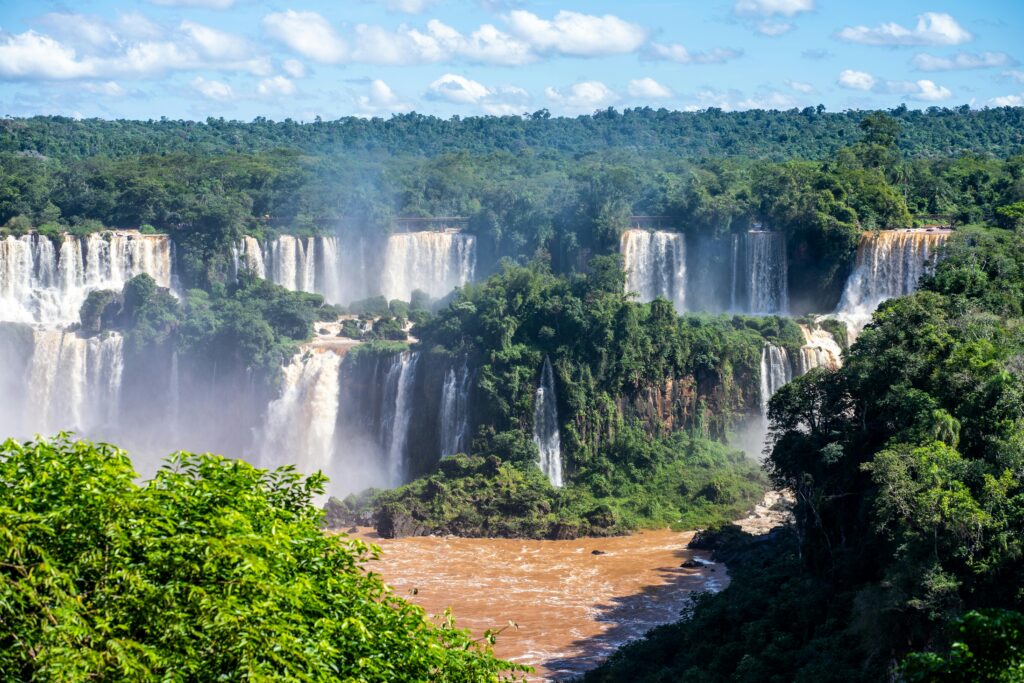
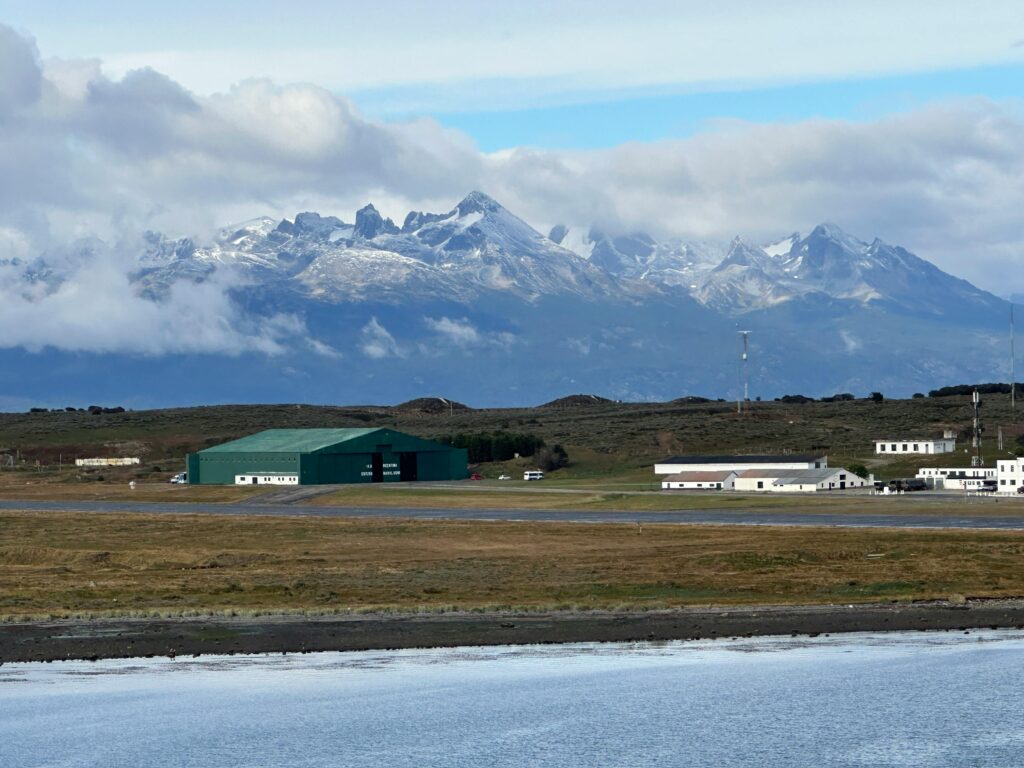
Argentina road trip
Our Argentinian road trip is part of a much larger South American road trip.
Map of our road trip through Argentina
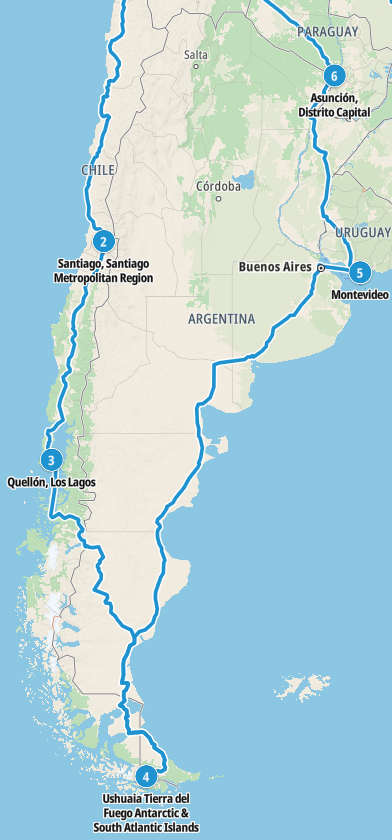
Our current planned road trip through Argentina takes us from Chile, heading south to Ushuaia, before heading north towards the capital, Buenos Aires, and on to Uruguay.
No doubt this Pan-South American route will change once we reach Argentina, so that we can explore the country in more depth.
Hopefully our journey will improve our knowledge of this intriguing and beautiful country, and enable us to meet some interesting people. We’ll be updating this page at that time – don’t forget to check back
What’s it like to drive in Argentina?
They drive on the right hand side of the road in Argentina. Main roads are quite good, however most rural road conditions are poor, as are driving standards.
Do you require an international driving permit in Argentina?
We’ve created a dedicated page to driving abroad, which answers this question, and more, which you might find helpful.
Can you use your UK driving license when driving through Argentina?
We’ve created a dedicated page to driving abroad, which answers this question, and more, which you might find helpful.
Do I need a carnet de passages to drive in Argentina?
A Carnet de Passages is required to overland in Argentina. We’ve created a dedicated page to driving abroad, which answers this question, and more, which you might find helpful.
What currency do they use in Argentina?
In Argentina they use the Argentinean peso. Cash is widely used. The use of credit / debit cards is widely accepted. Travellers cheques are accepted in major cities. There are many ATMs in cities, although not all accept foreign issued cards.
You should make yourself aware of the amount that your bank charges you for using credit and debit cards abroad. Often credit cards are cheaper for purchasing items directly, and for withdrawing cash from ATMs.
What language do they speak in Argentina?
They speak Spanish in Argentina. Although bizarrely, in Chubut, they speak Welsh! English is not widely spoken outside of major cities.
What time zone is Argentina in?
Remember, when you’re planning your next trip to take a look at what time zone it’s in.
Do I need a visa to visit Argentina?
We’ve created a dedicated, more comprehensive page on visas, which you should find helpful. Check it out!
Is wild camping legal in Argentina?
Yes, wild camping is fine in Argentina.
What plug / socket type do they use in Argentina?
In Argentina they use plug / socket types C and I.


Health issues in Argentina
Is it safe to drink water in Argentina?
Yes, it is safe to drink tap water in Argentina. Bottled water is also readily available throughout the country.
What vaccinations are required for Argentina?
This NHS website is kept up to date with all relevant information on vaccinations in Argentina.
Phones in Argentina
What is the country calling code for Argentina?
The country calling code for Argentina is +54
What are the emergency phone numbers in Argentina?
- The emergency number for police in Argentina is: 911 / 101 / 112
- In Argentina, the emergency number for ambulance is: 911 / 107 / 112
- The emergency number for fire in Argentina is: 911 / 100 / 112
If you’ve got some useful info that you’d like to share, let us know!
And don’t forget to check out all the other pictures!
